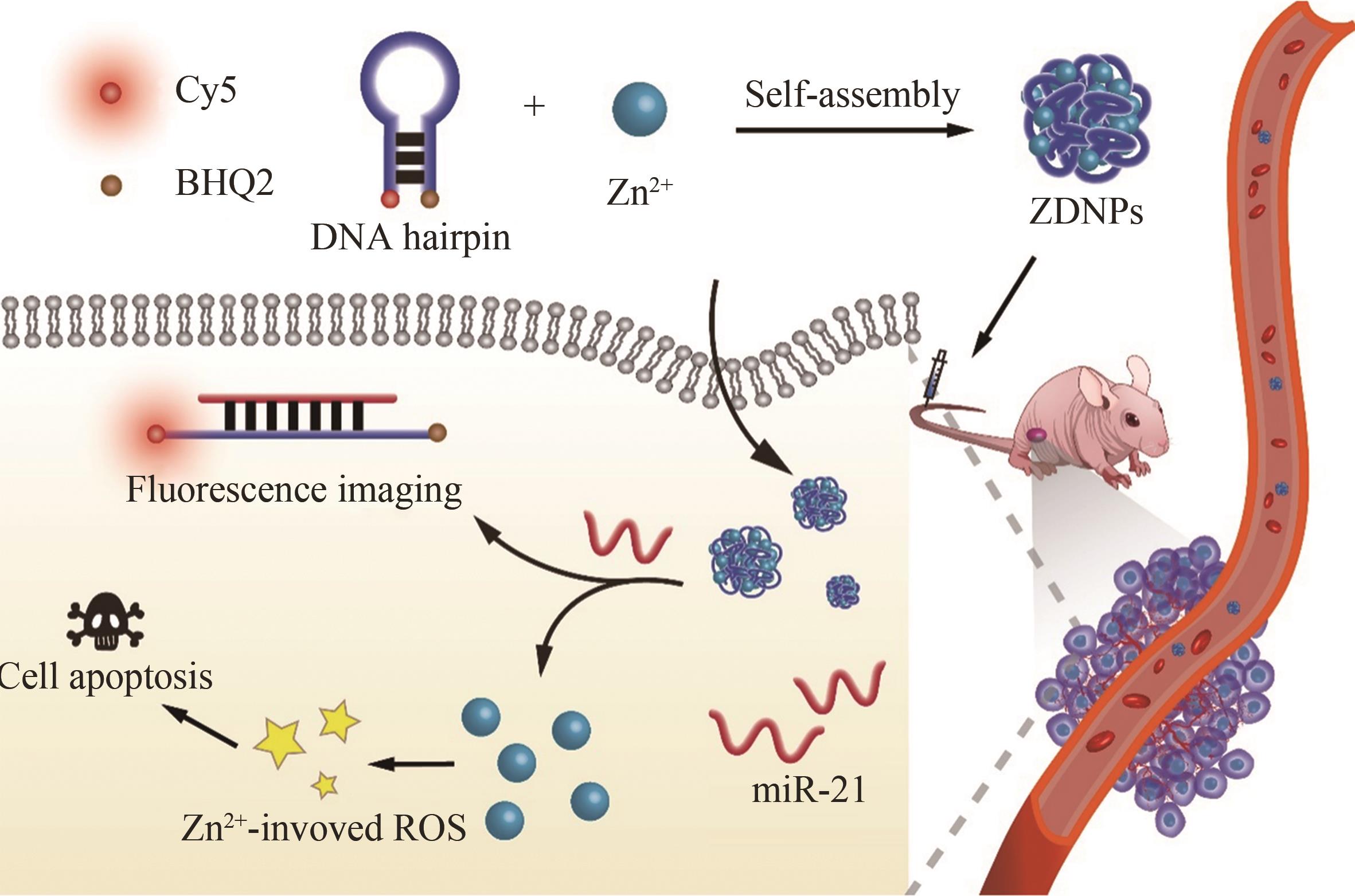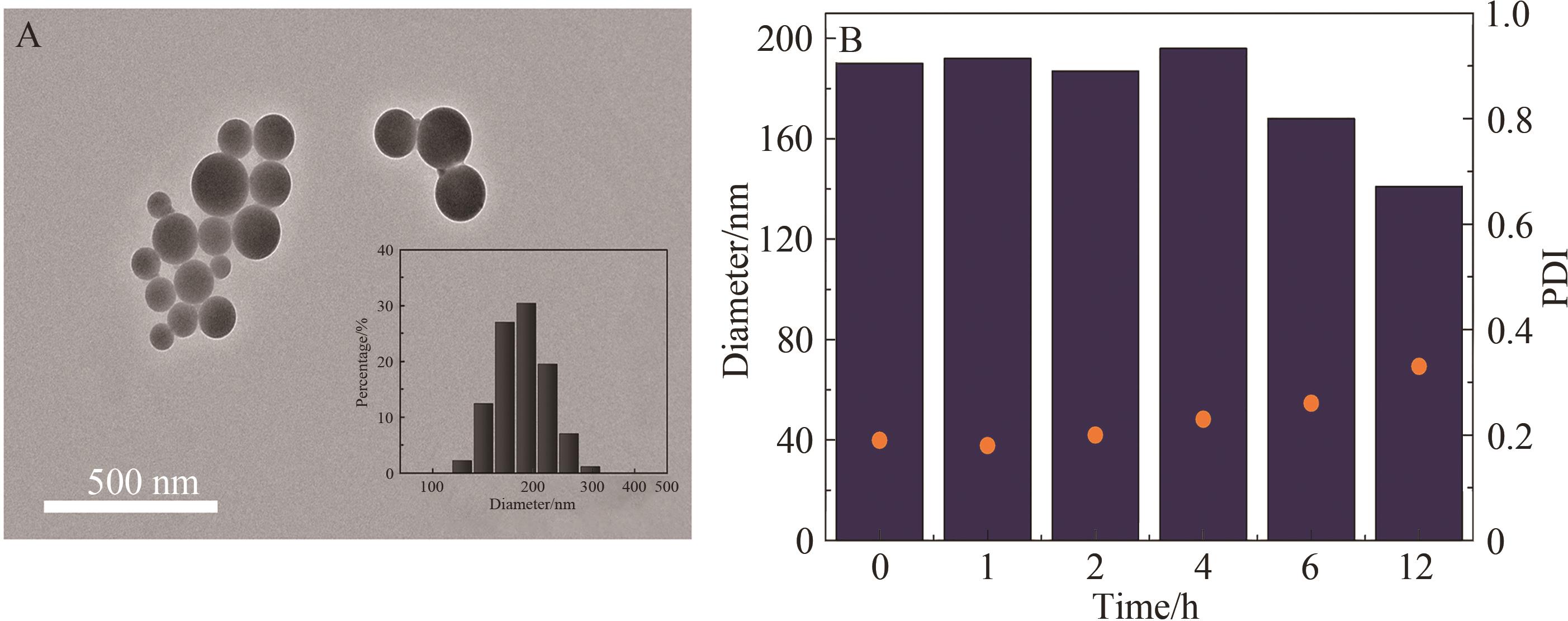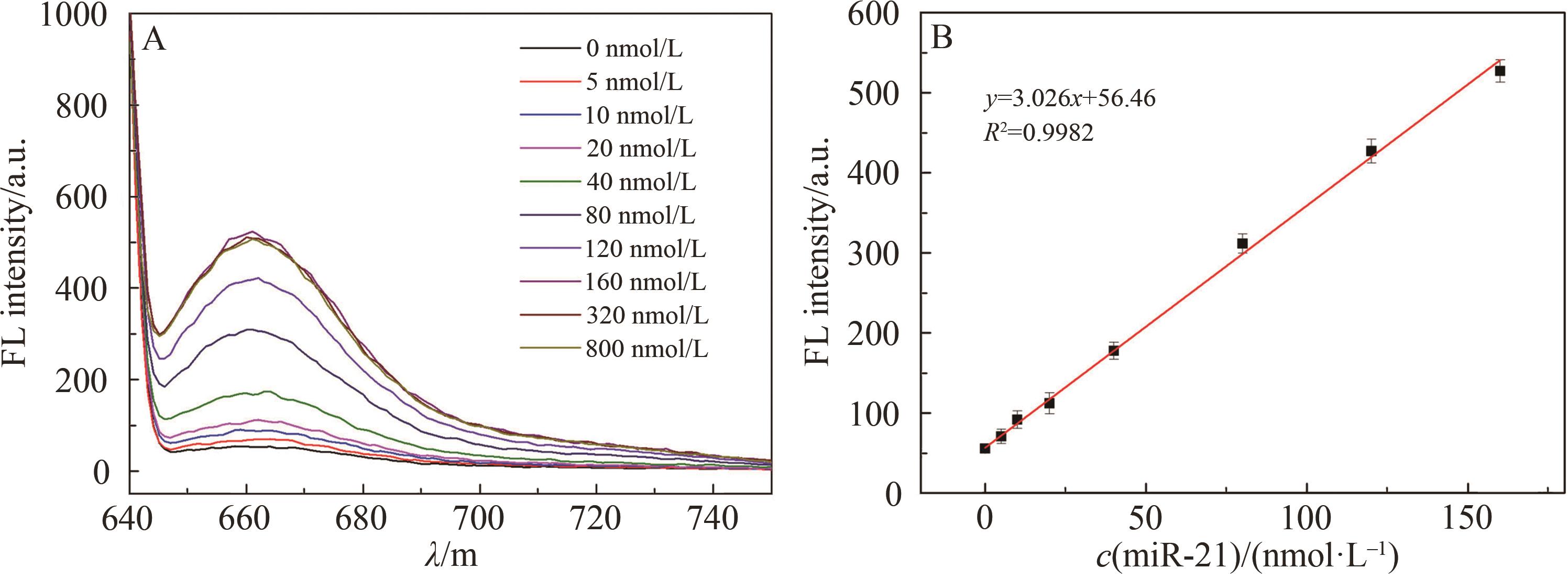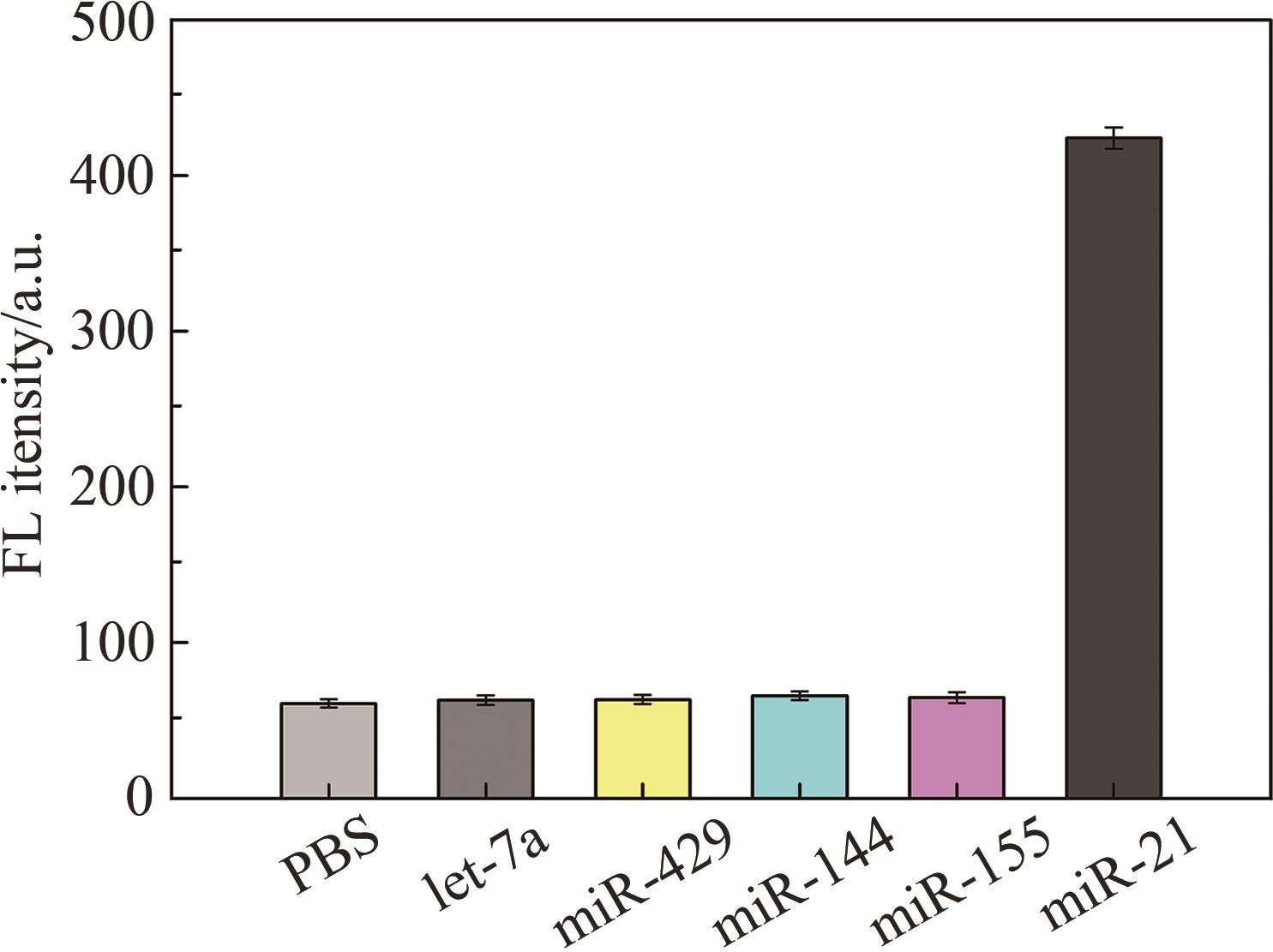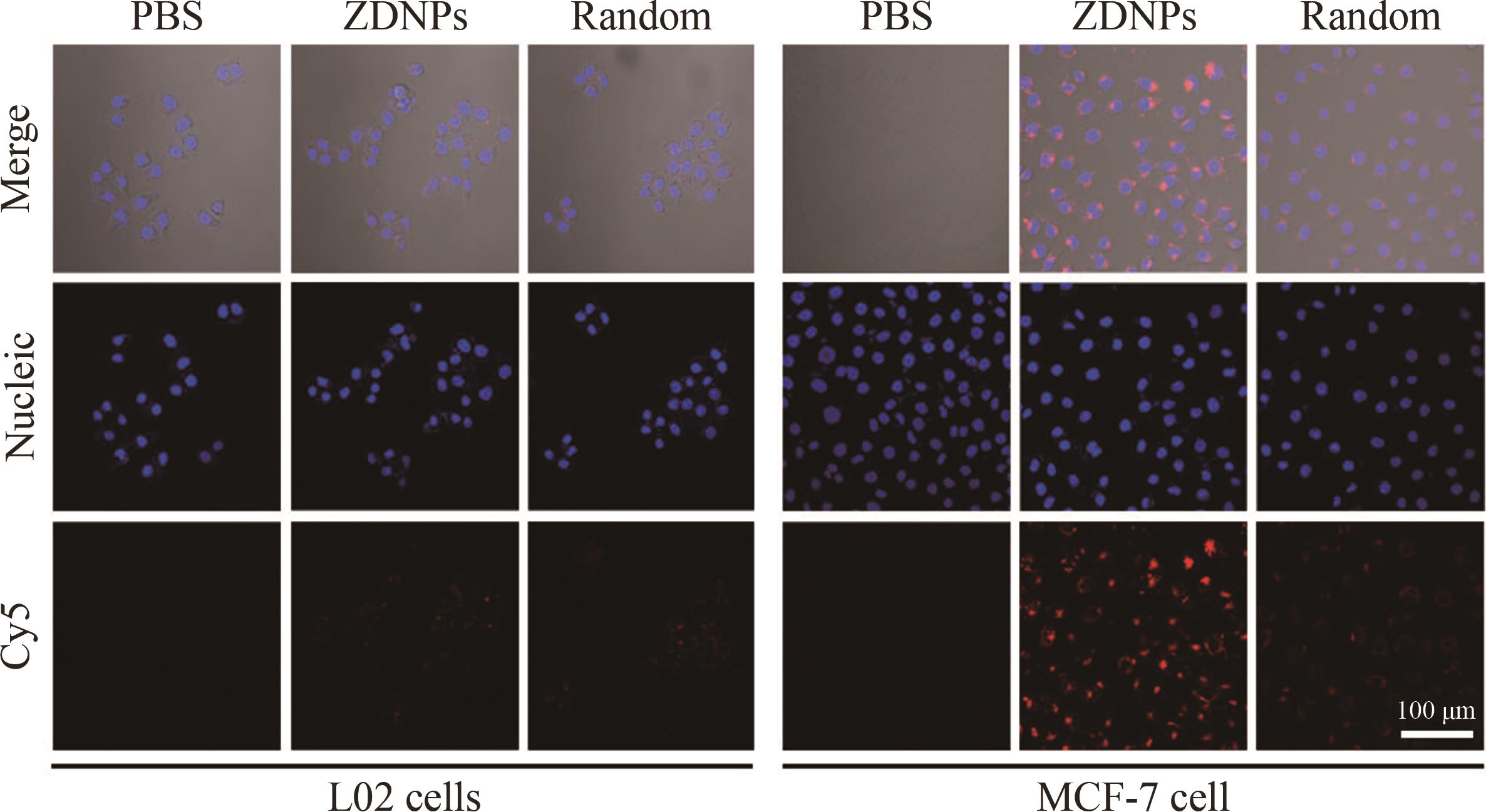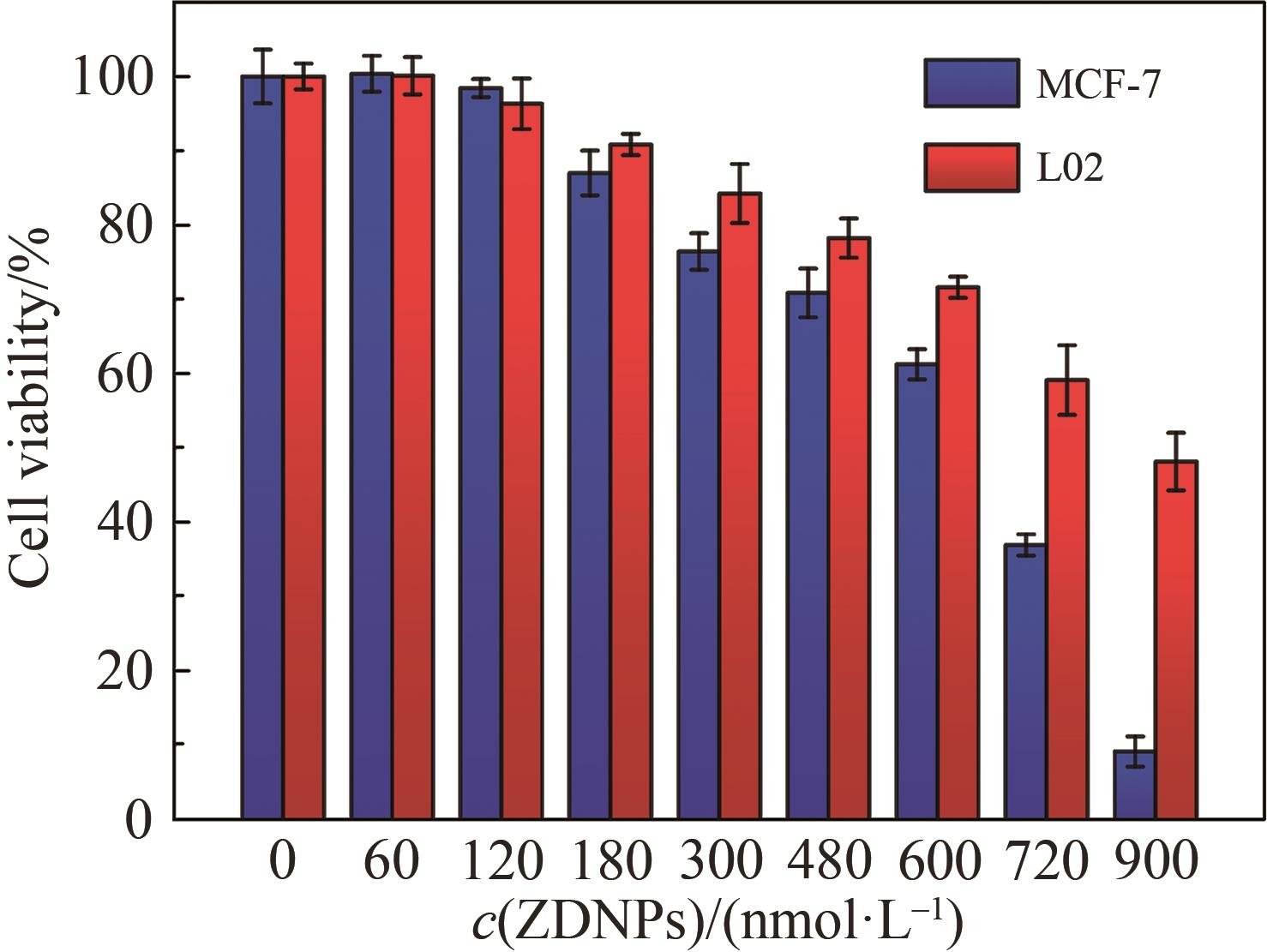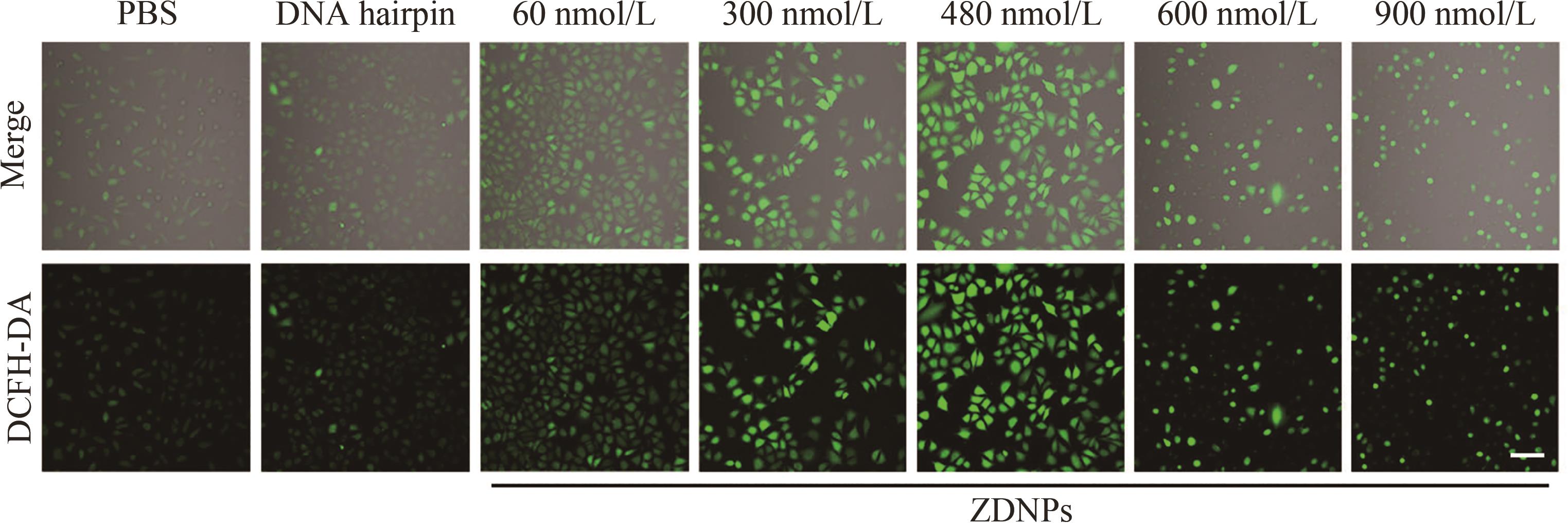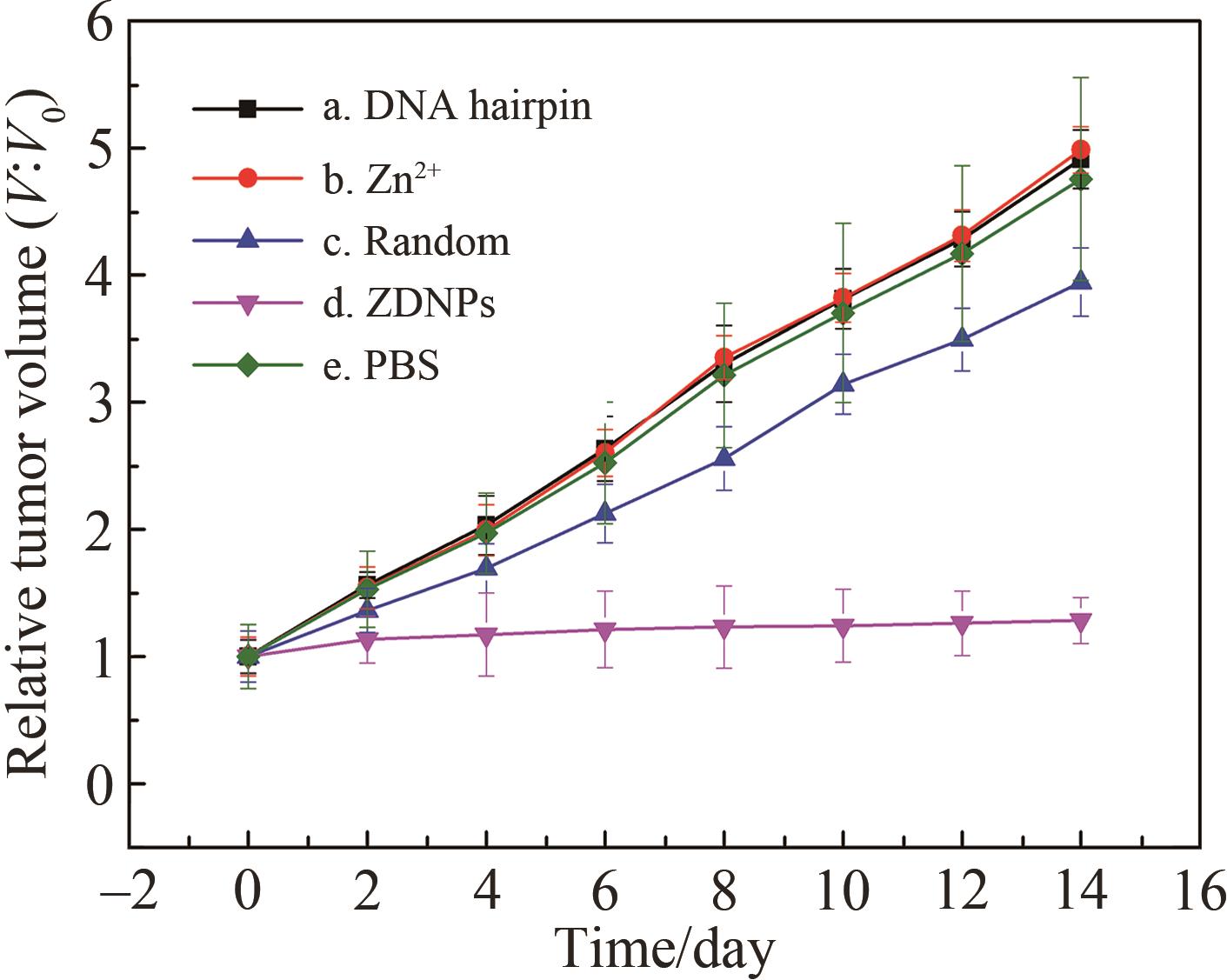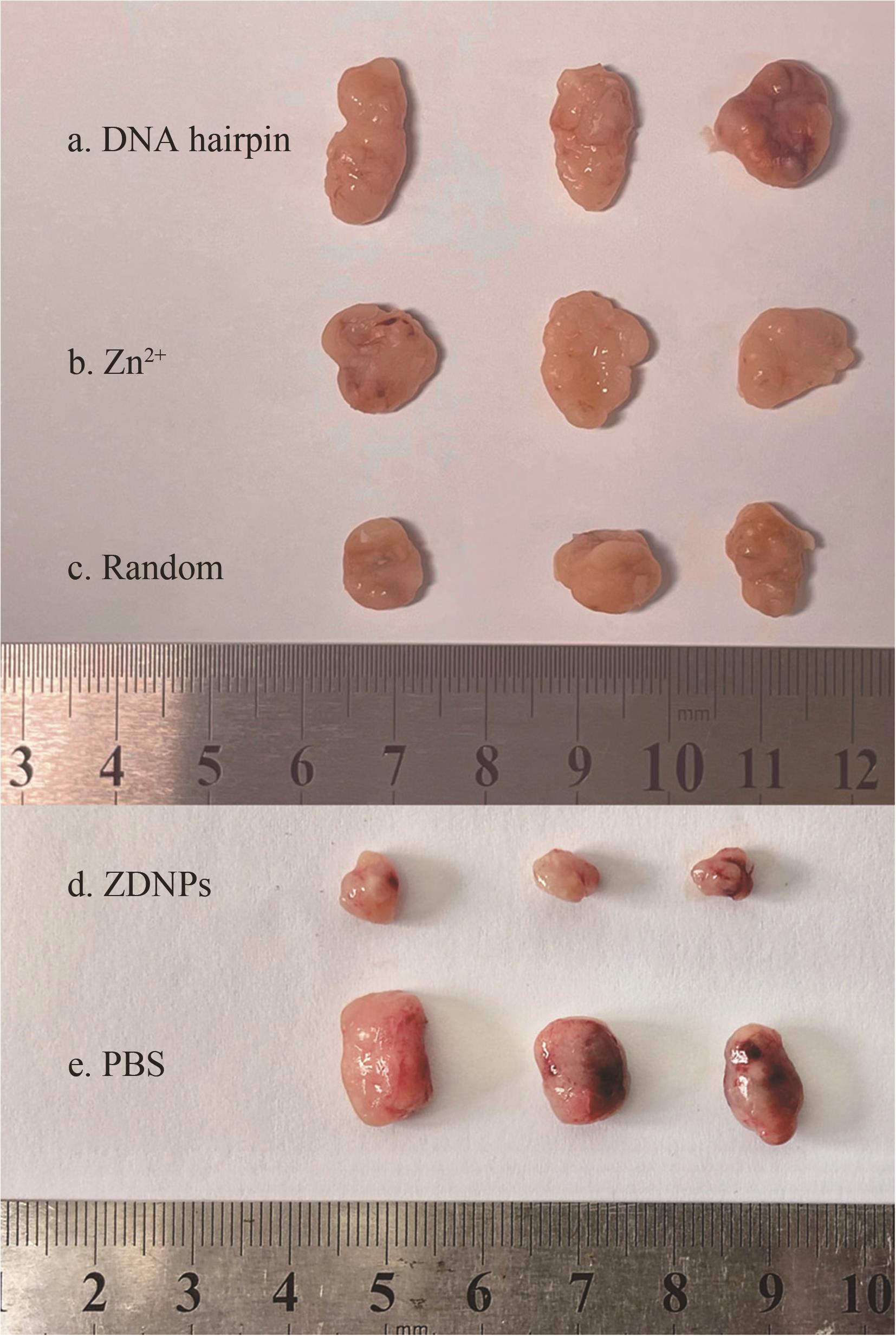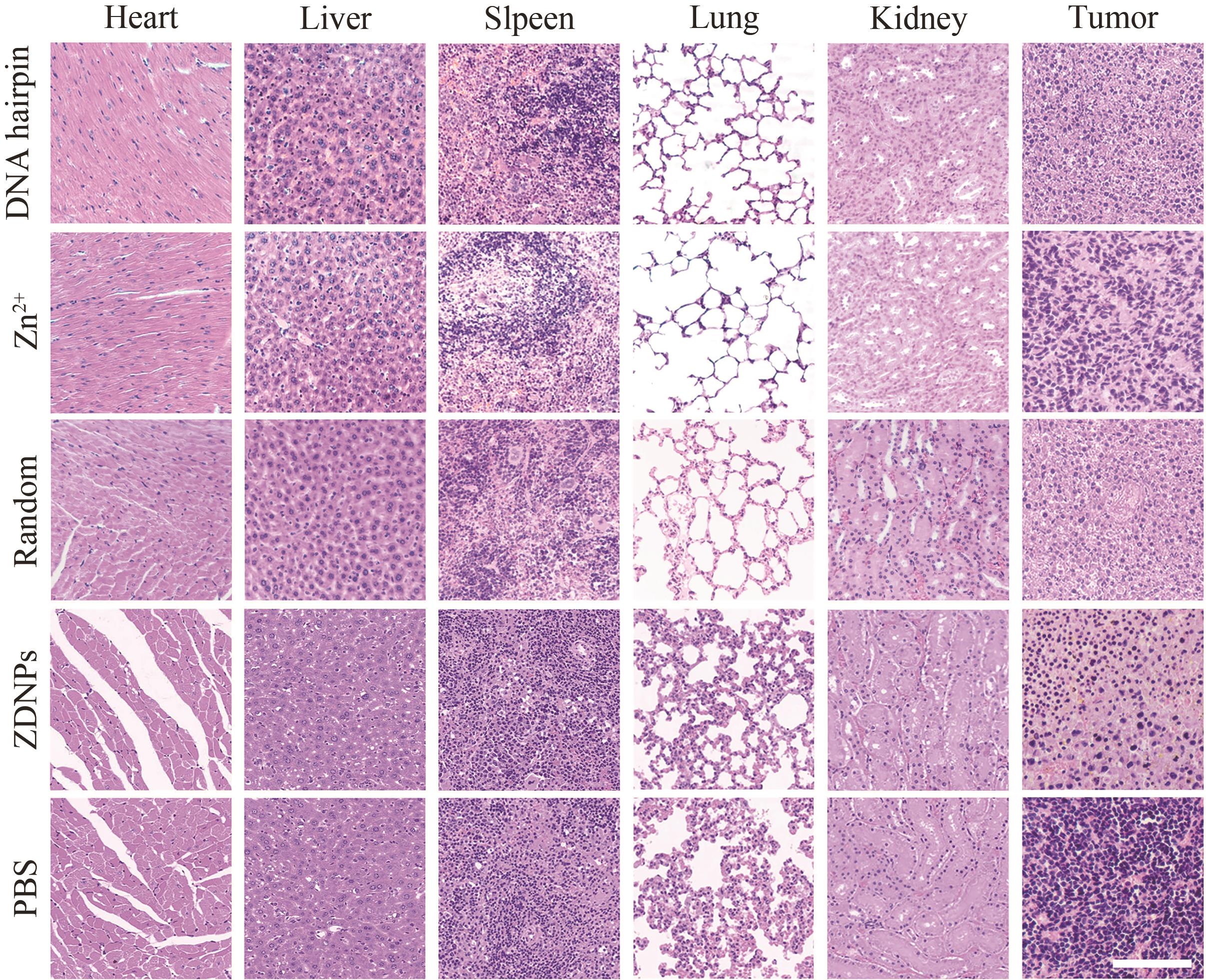| 1 |
OUYANG T, LIU Z, HAN Z, et al. MicroRNA detection specificity: recent advances and future perspective[J]. Anal Chem, 2019, 91(5): 3179-3186.
|
| 2 |
CHENG Y, DONG L, ZHANG J, et al. Recent advances in microRNA detection[J]. Analyst, 2018, 143(8): 1758-1774.
|
| 3 |
DENG W, ZHANG X, MA Z, et al. MicroRNA-125b-5p mediates post-transcriptional regulation of hepatitis B virus replication via the LIN28B/let-7 axis[J]. RNA Biol, 2017, 14(10): 1389-1398.
|
| 4 |
ABDULLAH AL-MASKRI A A, YE J, TALAP J, et al. Reverse transcription-based loop-mediated isothermal amplification strategy for real-time miRNA detection with phosphorothioated probes[J]. Anal Chim Acta, 2020, 1126: 1-6.
|
| 5 |
LIU J, CAO Z, LU Y. Functional nucleic acid sensors[J]. Chem Rev, 2009, 109(5): 1948-1998.
|
| 6 |
LI Y, DENG J, HAN Z, et al. Molecular identification of tumor-derived extracellular vesicles using thermophoresis-mediated DNA computation[J]. J Am Chem Soc, 2021, 143(3): 1290-1295.
|
| 7 |
AUGSPURGER E E, RANA M, YIGIT M V. Chemical and biological sensing using hybridization chain reaction[J]. ACS Sens, 2018, 3(5): 878-902.
|
| 8 |
LIU J, ZHANG Y, XIE H, et al. Applications of catalytic hairpin assembly reaction in biosensing[J]. Small, 2019, 15(42): e1902989.
|
| 9 |
WANG J, SUN Y, LAU C, et al. Target-fueled catalytic hairpin assembly for sensitive and multiplex microRNA detection[J]. Anal Bioanal Chem, 2020, 412(13): 3019-3027.
|
| 10 |
WANG D X, WANG J, WANG Y X, et al. DNA nanostructure-based nucleic acid probes: construction and biological applications[J]. Chem Sci, 2021, 12(22): 7602-7622.
|
| 11 |
WALIA S, CHANDRASEKARAN A R, CHAKRABORTY B, et al. Aptamer-programmed DNA nanodevices for advanced, targeted cancer theranostics[J]. ACS Appl Bio Mater, 2021, 4(7): 5392-5404.
|
| 12 |
YU W, XUAN C, LIU B, et al. Carrier-free programmed spherical nucleic acid for effective ischemic stroke therapy via self-delivery antisense oligonucleotide[J]. Nano Res, 2022, 16(1): 735-745.
|
| 13 |
LI J, ZHENG C, CANSIZ S, et al. Self-assembly of DNA nanohydrogels with controllable size and stimuli-responsive property for targeted gene regulation therapy[J]. J Am Chem Soc, 2015, 137(4): 1412-1415.
|
| 14 |
LI X, YANG Y, ZHAO H, et al. Enhanced in vivo blood-brain barrier penetration by circular Tau-transferrin receptor bifunctional aptamer for tauopathy therapy[J]. J Am Chem Soc, 2020, 142(8): 3862-3872.
|
| 15 |
NGOEPE M P, CLAYTON H S. Metal complexes as DNA synthesis and/or repair inhibitors: anticancer and antimicrobial agents[J]. Pharm Fronts, 2021, 3(4): e164-e182.
|
| 16 |
LI M, WANG C, DI Z, et al. Engineering multifunctional DNA hybrid nanospheres through coordination-driven self-assembly[J]. Angew Chem Int Ed, 2019, 58(5): 1350-1354.
|
| 17 |
ZHOU J, HAN H, LIU J. Nucleobase, nucleoside, nucleotide, and oligonucleotide coordinated metal ions for sensing and biomedicine applications[J]. Nano Res, 2021, 15(1): 71-84.
|
| 18 |
WANG J, WANG H, WANG H, et al. Nonviolent self-catabolic DNAzyme nanosponges for smart anticancer drug delivery[J]. ACS Nano, 2019, 13(5): 5852-5863.
|
| 19 |
BISHOP G M, DRINGEN R, ROBINSON S R. Zinc stimulates the production of toxic reactive oxygen species (ROS) and inhibits glutathione reductase in astrocytes[J]. Free Radical Bio Med, 2007, 42(8): 1222-1230.
|
| 20 |
HUBNER C, HAASE H. Interactions of zinc- and redox-signaling pathways[J]. Redox Biol, 2021, 41: 101916.
|

 ), Chun-Hua LU(
), Chun-Hua LU( )
)
